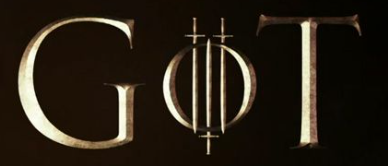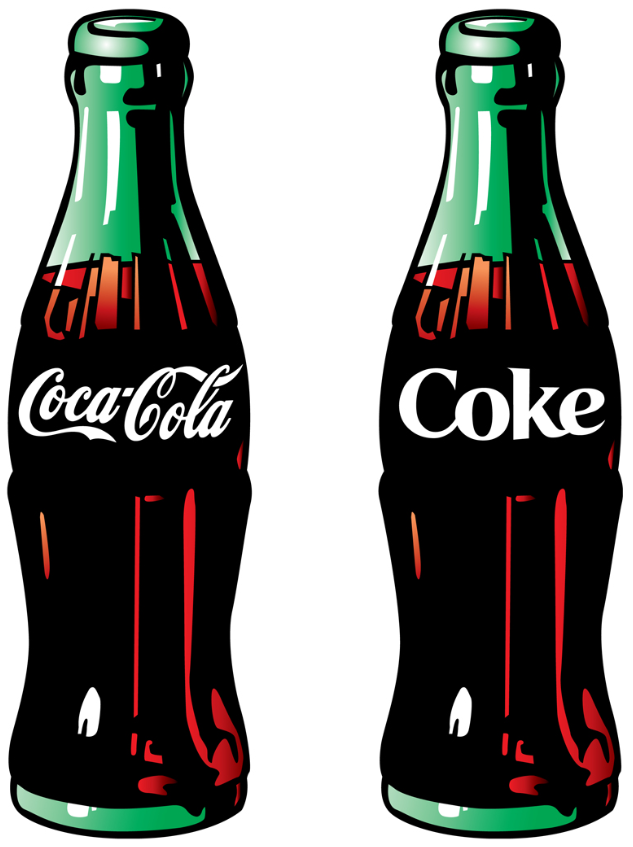VISUAL RESONANCE—PART 3
As a member of the Social Media Club of Kansas City , I was privileged last month to attend a very exciting meeting at which Stefan Mumaw (Director of Creative Strategy at Hint) was the presenter. Drawing from his rich experience, Mumaw did an excellent job sharing an amazing array of ideas, tips, and observations that would be helpful to anyone involved in social media strategy, advertising, and marketing. His presentation was entitled “Visual Resonance.” It focused on the characteristics of images and videos that help to evoke a passionate audience connection and result in increased shares.
Mumaw talked much about emotion because it is the common human element that comes from our hearts. More specifically, his point was that people read emotions into images based on our experiences. That is powerful because it means that a picture will instantly command attention as it resonates with something in that person’s history. It calls up something from within, creating a tighter connection. This underscores how and why pictures have such potential.
Someone once said, a picture is worth a thousand words. And that is probably a very low estimate. At a recent Emfluence presentation, I learned that our brains process visuals about 60,000 times faster than text alone. Here are the ways that pictures add value:
- They quickly capture our attention.
- They evoke emotions.
- Once seen, the recipient’s brain does all the work!
Sometimes we like to make fun of the pictures we see in various ads, social media campaigns, and PR stunts. However . . . it captured at least some attention, right? I am not advocating being flippant, tasteless, or excessive. I am advocating that any organization or creative that wants to be more effective in honing its brand cannot afford to ignore picture power.











